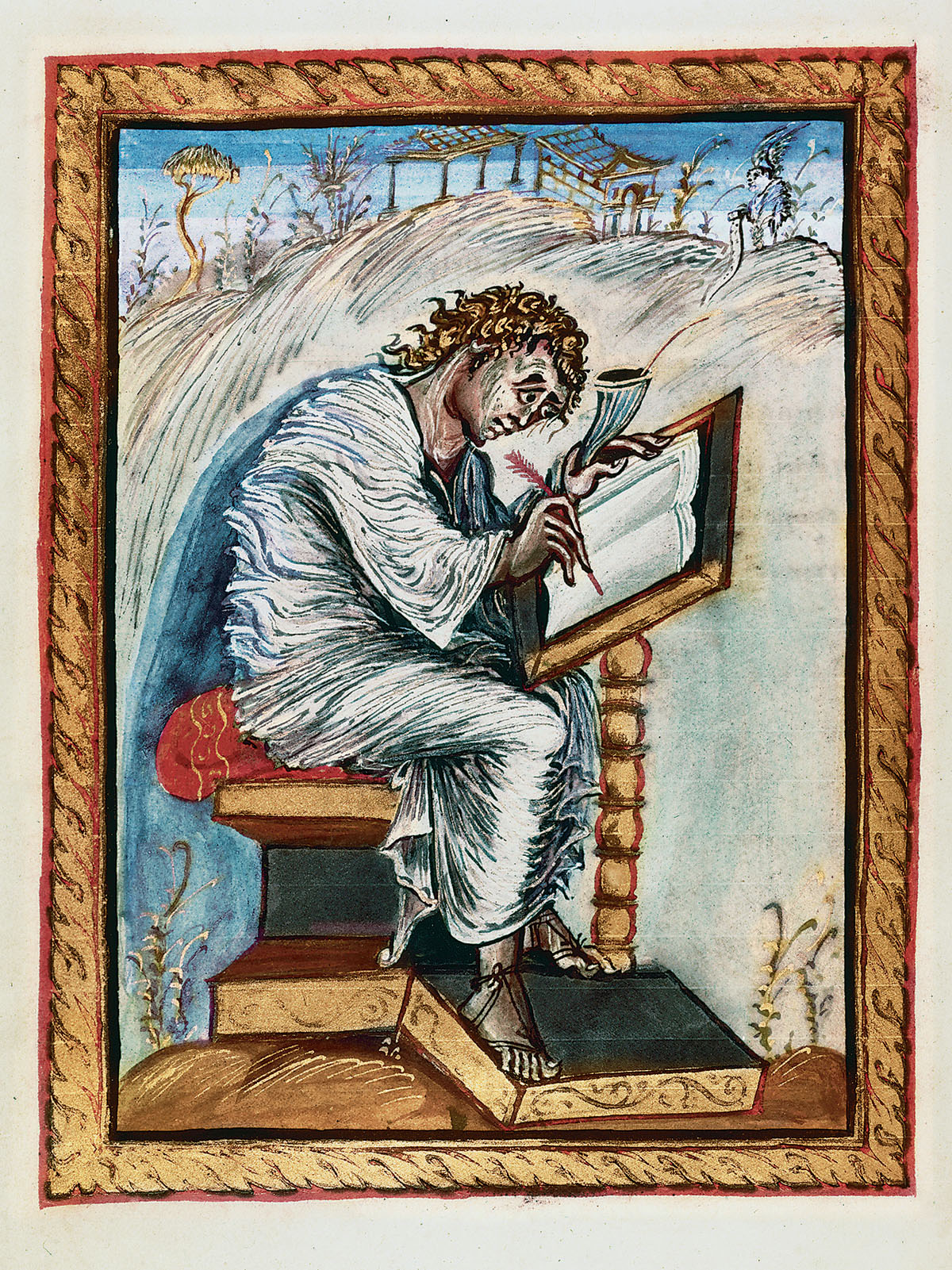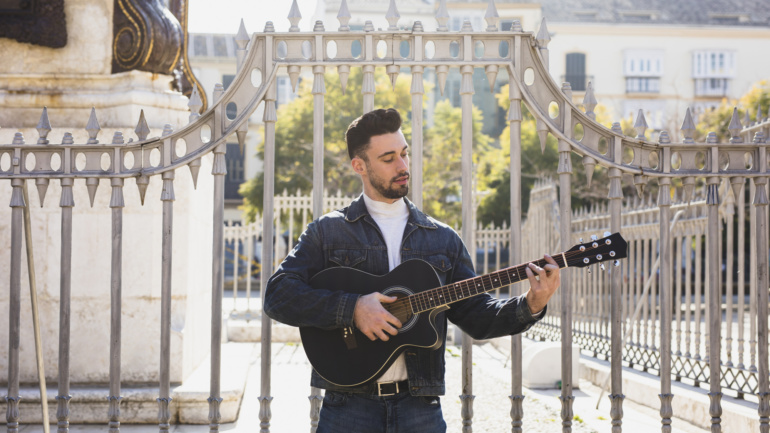Today, we’ll continue our discussion on medieval painting art. In the last episode, we touched on the characteristic of medieval art—formalism. In modern society, art and innovation are inseparable, but in the medieval period, people generally believed that traditional ways were tried and true, so why pursue innovation?
For instance, if a wealthy devotee commissioned a craftsman to make a shrine, they would provide the finest gold, silver, and jewels to the craftsman and then choose a particularly ancient, classic template. The craftsman would follow this template without any expectation for innovation or visual appeal.
The freedom of artistic innovation was strictly limited, so how did medieval painting develop? People began to channel their passion into the spiritual aspect.
Medieval Painting
- Medieval Art Did Not Pursue Innovation or Beauty: In the medieval period, there wasn’t a strict concept of “artists”; “artists” were almost synonymous with craftsmen. Their role was to help patrons complete classic designs envisioned by the patrons.
- Artistic Innovation Was Limited: Artists of every era have a desire for innovation. Even though innovation was not celebrated, medieval artists still pursued it within a limited scope that didn’t violate formalistic guidelines.
- Progress of Medieval Art through ‘St. Matthew’: The figures depicted became more spiritually passionate. Figures 1 and 2 are illustrations from medieval manuscripts, both featuring the theme of “St. Matthew.” In terms of subject matter, character posture, and object placement, Figures 1 and 2 are almost identical in composition. However, the spirit conveyed in Figure 2 is entirely different from that of Figure 1.
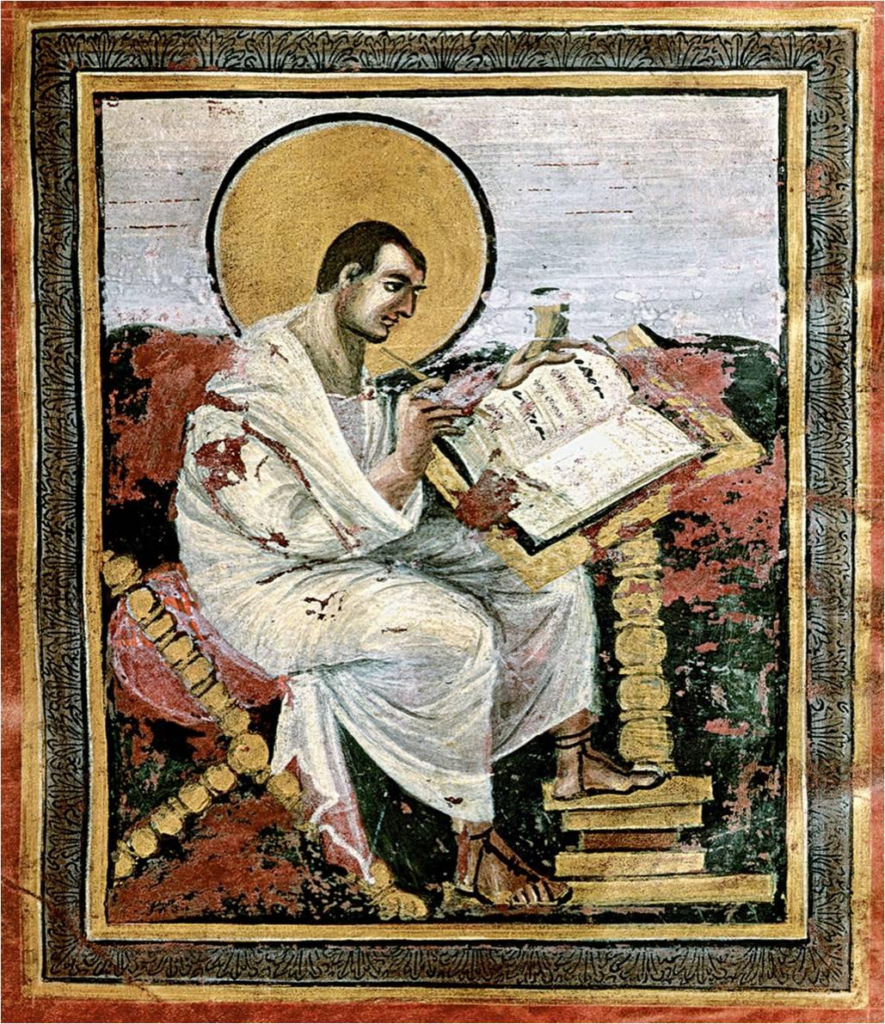
St. Matthew
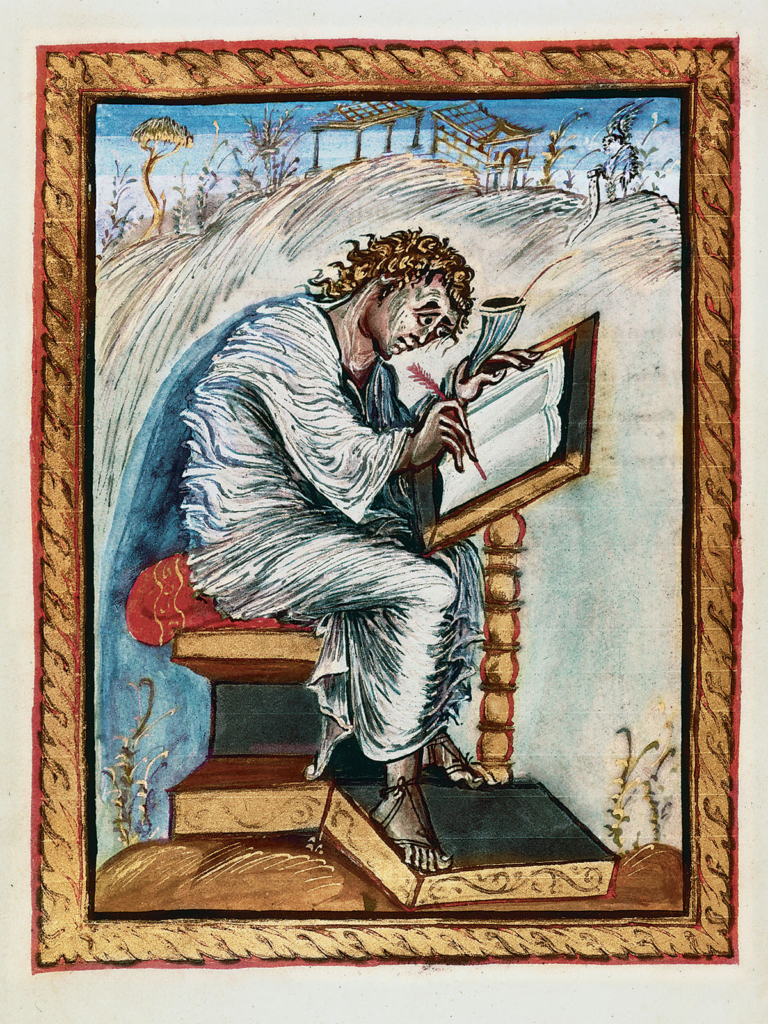
St. Matthew
4. Although medieval artists were restricted in formal innovation, their creative passion emerged through the spiritual expression of their subjects. They focused on conveying their emotions in the artwork. When St. Matthew was writing, he was surrounded by the Holy Spirit, so the artist in Figure 2 depicted this by conveying the character’s deeply stirred emotions, inspired by Christ.
5. In medieval painting, the background was less important; the emphasis was instead on the spiritual aspect of the scene. Figure 3 shows the famous biblical story of Jesus washing the feet of His disciples. To highlight the foot washing and to make it clear that this is Jesus with His disciples, the artist exaggerated by turning all the characters’ heads to face the viewer. The awkward positioning of the saint’s foot, which wouldn’t be physically possible, was done intentionally to draw attention to the foot Jesus is washing, thereby infusing the artist’s own spirit into the scene.
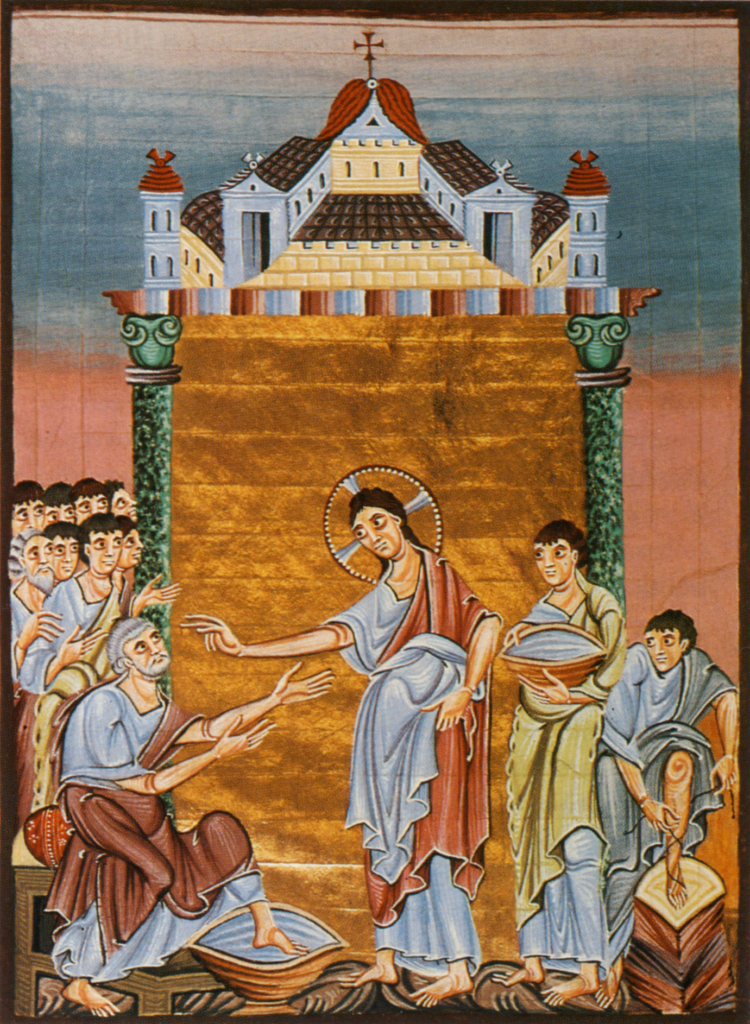
Medieval Painting — “Christ Washing the Feet of the Disciples”
6. Medieval paintings often sacrificed accurate shapes for the sake of visual harmony. Reflecting on the concept of harmony in Cézanne’s work, as discussed in the first week, he too was willing to alter shapes to maintain balance in his compositions. You’ll notice that the principles of art over long periods of time can also be found on a smaller timescale, as history often bears remarkable similarities.
7. Ancient Egyptian art depicted what was “known,” Ancient Greek art portrayed what was “seen,” and medieval art expressed what was “felt.” Figures 3, 4, and 5 show examples of medieval, Ancient Egyptian, and Ancient Greek paintings, respectively.
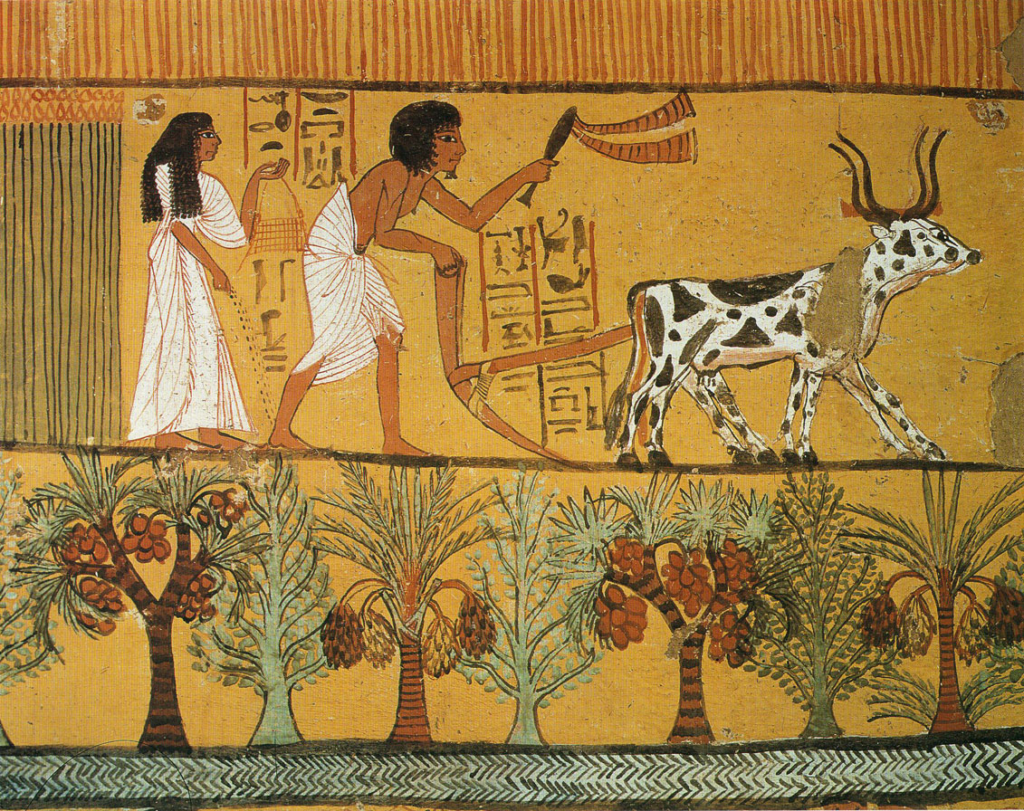
(Figure 4) Ancient Egyptian Painting
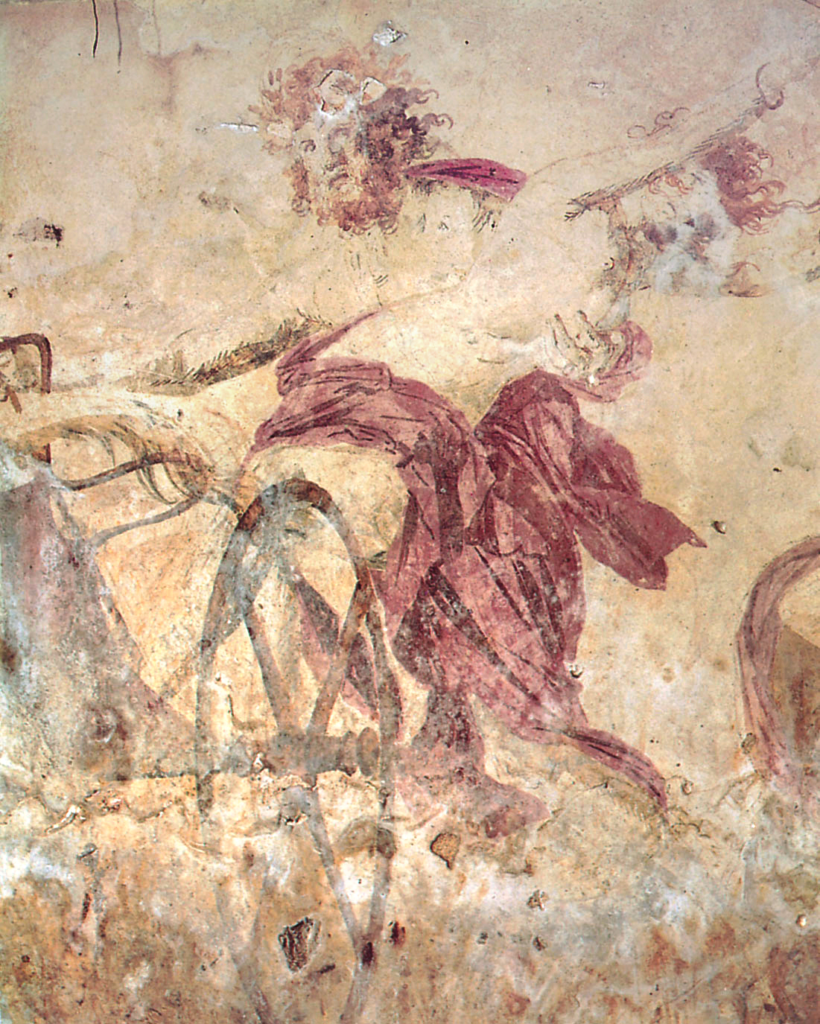
(Figure 5) Ancient Greek Painting
Gentlemanly Conduct
Have you noticed how European men are often very polite and courteous to women? This behavior is commonly referred to as gentlemanly conduct.
The origins of gentlemanly conduct trace back to chivalry, which began with the Crusades in the Middle Ages. In the last 200 years of the medieval period, the Christian world waged wars against the Islamic world. With the core Christian doctrine of “all people under heaven are children of Christ,” the Catholic Church sought to conquer the non-believing Muslims. The Pope launched seven Crusades, all of which ultimately failed.
The nobles who went to war were known as knights, whose primary duty at the time was warfare. Chivalry was the earliest form of “noble” spirit, dedicated to honor, God, country, and the Pope. Over time, chivalry evolved into what we now call gentlemanly conduct.
